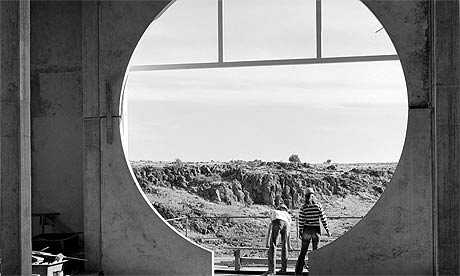Cyborgism has long been anathema to most, good only for a plot twist in a summer blockbuster, but I think smartphones have subtly won hearts and minds. Those gadgets have grown so close to our hearts, literally and figuratively. When I see someone greedily devouring information from their phone the second they emerge from a subway, it seems like they’ve already melded with a machine, the moments they’ve spent apart the real aberration.
Implants have great potential to treat serious illness (e.g. Alzheimer’s) and to augment intelligence (which will happen someday), but certainly we have to be wary of what their intrusion will mean. Regulating biological processes is one thing and making humans uniformly hackable another. With the Internet of Things, we’re placing ourselves inside a machine, and with chips and such the machine will be placed inside of us.
Jared Keller conducted a Pacific-Standard Q&A with Transhumanist Presidential candidate Zoltan Istvan, who thinks the age of bionic organs is upon us, which is probably too aggressive a prediction. An exchange:
Question:
Aren’t we already kind of cyborgs? We have pacemakers and subdermal implants, and we treat our smartphones as limbs. The historian David Landes even traced the impact of personal technology like eyeglasses and the wristwatch on the course of human civilization.
Zoltan Istvan:
I would argue that the transhumanist age or the cyborg age or whatever you want to call it is already here. That fact is, we sleep with our phones inches away from us and we often depend on vehicles to take us everywhere; this machine age, where we’re dependent on tools, has been here for years.
But what’s really starting to happen is the integration of technology and synthetic parts into our bodies. Yes, there are millions of people who have dentures and artificial hips; some 350,000 people have brain implants, mostly in the form of cochlear implants that cure deafness, or chips to tackle epilepsy. The age of cyborgism has occurred — it basically occurred about five or six years ago rather quietly.
I’m deeply convinced that, within just a few years, this age of implants is about to explode, and you’re going to see dozens of companies coming onto the market seeking [Food and Drug Administration] approval. Over the next 10 years, the thing that’s going to change our lives is bionic organs, and there are already so many companies out there working on this, from artificial hearts to lungs to livers. We’re going to start electively getting better bionic and artificial organs.•




